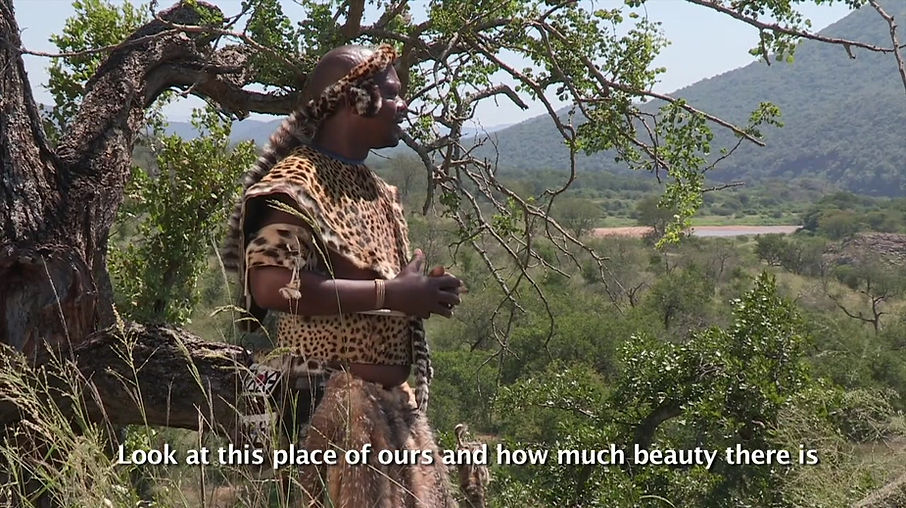
OUR LOCATIONS
Authentic. Unreplicable. Quietly Sacred.
Rarity of Place
A rare place offers more than remoteness - it brings a stillness that silences inner noise, an intimacy with the land, an untouched beauty, and a quiet that anchors us in meaning. You don’t just visit; you are received.
SOUTH AFRICA
The oldest-know area of pristine wilderness on
the entire continent of Africa. Considered to be
the birthplace of humanity, this is sacred land.
Home to a sublime array wildlife (including the "Big-5"), birdlife, and indigenous flora, fauna, we promise exclusivity and full immersion in nature.



40,000 Hectares of Pristine Wilderness

ZIMBABWE
A national heritage historic site of ecologically important place. Rich with biodiversity, rare plant and animal life, and ancient rock paintings.
Home to female Shona mhondoro - one of the greatest Africa female heroines of the time who shaped and influenced the early African liberation struggle. Her skull and those of her fellow executed compatriots are believed to be at the National History Museum in South Kensington, London

Rarity of Place
SOUTH AFRICA
Pristine Wilderness
The game reserve surrounding this area spans 96,000 hectares (roughly the size of Greater London) is home to Africa's 'Big-5' and the oldest in South Africa. Only about a third of this region is open to tourists; the remaining 40,000 hectares of “wilderness” area is accessible only on foot, and then only in the company of trained game guards and wilderness guides.


Ancient Indigenous Knowledge
Home to the Zulu nation since 1574. Shards of pottery and ancient stone tools also tell the story of human settlements that go back many thousands of years. In the 19th century, this area of land was the personal hunting ground of Shaka, "King of the Zulu's" and at various sacred sites he trained and initiated his army of warriors. This sacred land is steeped in legacy, ancient indigenous knowledge, wisdom, healing practices, and relational ways of being and living with the land.
Conservation Legacy
Southern White Rhino was once brought to the brink of extinction when, in the 19th century, colonial hunters slaughtered them mercilessly. In 1963 Dr Ian Player and Magqubu Ntombela were instrumental in saving the species from extinction. “Operation Rhino” set out to capture, anesthetise, and, for safe keeping, re-locate the last remaining 50 rhinos found in Southern Africa to zoos across the world. Today, the ancestry and DNA of every Southern White Rhino can be traced back to this very region.


